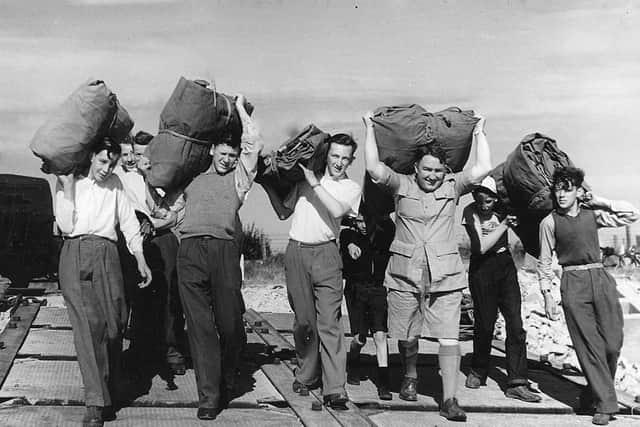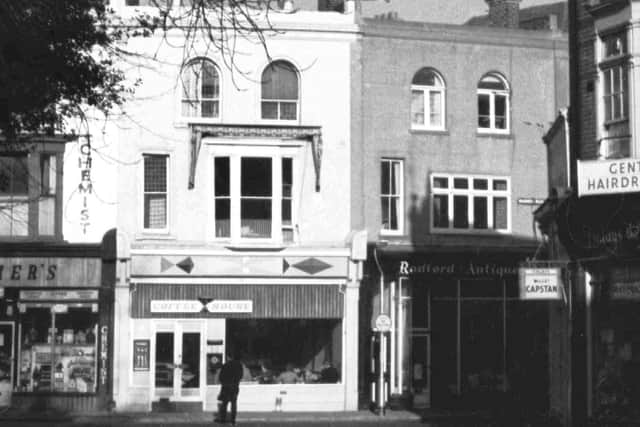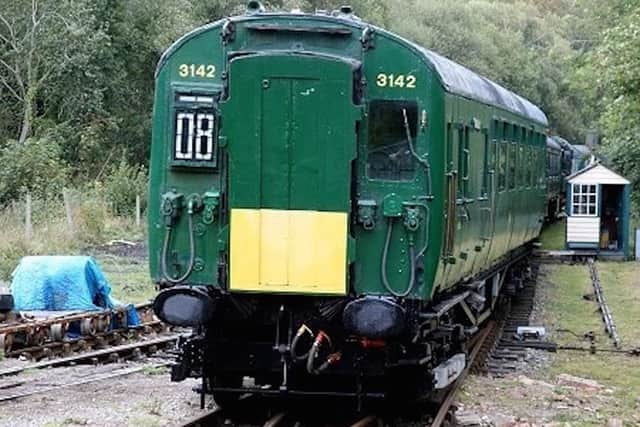Memories of a Southsea boys’ club – Nostalgia


In the years after the Second World War the football team was run by my father Jack Hind and they were very successful.
In 1950 the club was run by George Harris the father of Michael Harris who sent me these two Evening News photographs of the lads when they went on a camping holiday to the Isle of Wight. George was a former Royal Marine with 24 years service behind him when he retired in 1950.
Advertisement
Hide AdAdvertisement
Hide AdWith George's marines contacts he managed to ‘acquire’ a landing craft for the boys to take them across the Solent to the island.


Opposite the boat house at Eastney, which was used by the Royal Marines, there was once a ramp leading down to the shore. It is now almost covered in shingle.
Helping load the camping gear is George Harris, in tropical shorts, with the boys carrying heavy camping equipment compared to what we have today.
Loaded and ready to go the boys are set for the off from the beach. There are several girls. I wonder if they are going for the ride or perhaps to do the cooking (yes, times were different then!). George Harris can be seen again waving at the camera to the right of the man standing on the left.
Advertisement
Hide AdAdvertisement
Hide AdPlease let me know if you recognise yourself in either photograph.


• Former Portsmouth man John Rich, now living in Sydney, Australia, sent me the picture of his former meeting place in Marmion Road, Southsea.
He says: ‘In the early 1960s I had a flat in Clarendon Road, near The Circle. I bought my food in a tiny grocers in Lennox Road North – now long gone.
‘I remember Debenhams when it was Handleys. It was very up-market and quite out of my price range. The meeting place for us young people was the Coffee House on the corner of Marmion Road and Grove Road South.’ Does anyone remember the cafe or John?
Advertisement
Hide AdAdvertisement
Hide Ad• Many of you who commuted to Waterloo or Victoria will remember the 4-COR stock. COR was short for corridor and these trains ran from 1937 to 1970 finally finishing on the Waterloo to Reading line. They were the most comfortable of trains with horsehair stuffing in the seats.


One problem was when drinking coffee. The trains’ suspension made the carriages bounce, especially when passing over points. The stewards would only fill cups three-quarters full or it splashed into the saucer and over the table.
Two of the carriages now preserved on the East Kent Railway were part of the unit involved in a collision at Havant junction in 1939.